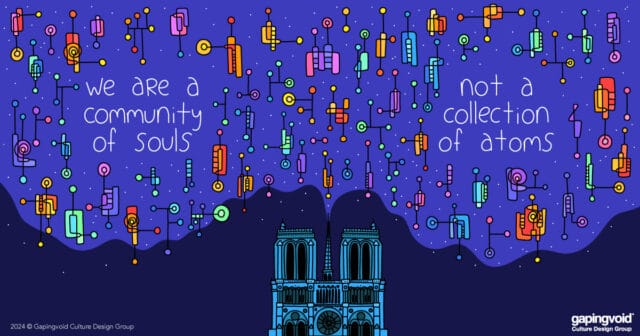
In response to my recent post about the lines that separate ERP and social media becoming blurrier over time, my old high school friend, Hamish, who works a lot with SAP, talks about ERP and Social Media, and the place where the twain shall never meet.
In SM, the message that is received, read or whatever, is not pre-determined for any purpose, it could be a blog entry about how cool sunsets are, or why LA sucks, the network does not care. All interpretation of the message is done by the human receiver. The language it is written in, the content, the references to external events and culture, are all parsed by the human. The software is just the conduit, or the environment in which the discussion takes place, if you will.
In ERP by contrast we have a whole load more stuff to do, as all interpretation is done by the software, or more accurately by rules written in software by a designer who is not in situ to intervene in any ambiguous situations. Is the message a request for spare parts for a car factory delivered by EDI, or is it holiday request from an employee? At the network and delivery level it is not possible to tell. The ERP software has to have a lot of additional information and processing to determine this, with a constrained and consistent data model, with specific processes that will create different outcomes under different initial conditions, etc.
I’m waiting with baited breath to hear Sigurd’s response.
[UPDATE:] Sigurd leaves a comment:
And as I said a bit earlier: “Actually it boils down to the definition of what ‘social software’ is…”
As Chad says – take the flexibility and transparency inherent in SM and add structure to the flows if required and design so that all data and events and whatever is properly captured. Add reporting capabilities and voila SM as ERP 😉
(Have more to discuss with Hamish there though as much of the rules-requirements in ERP or process systems is a leftover from the good (?) old days of pen and paper inherited “event documentation thinking” – but that would be a another story!)



